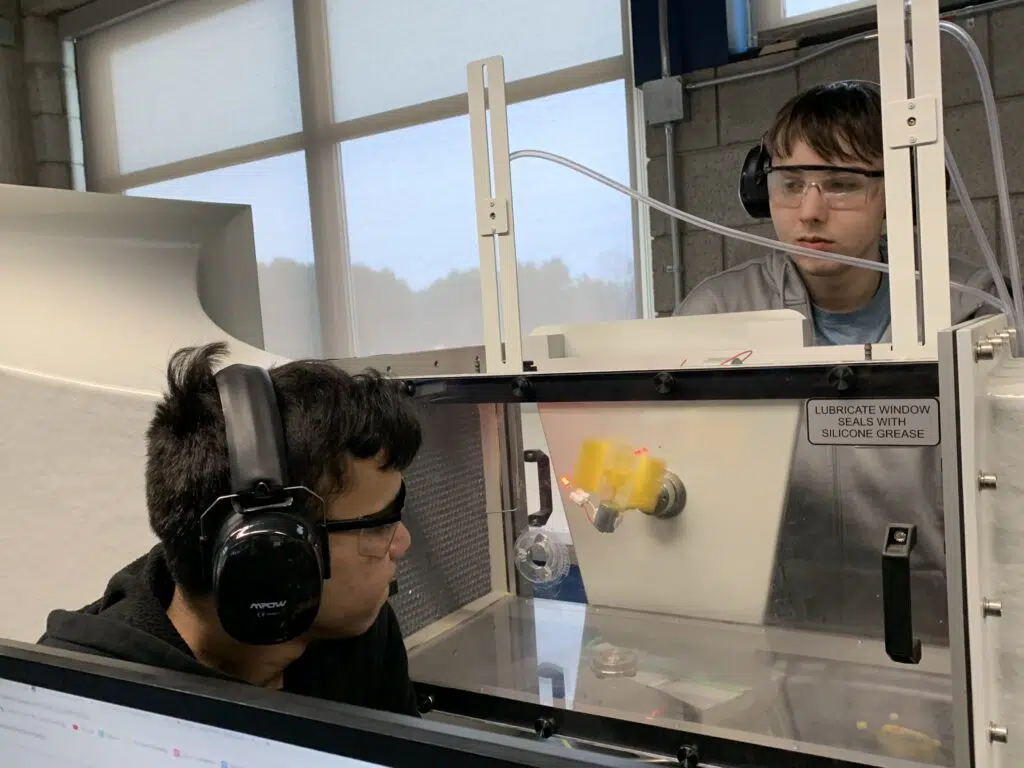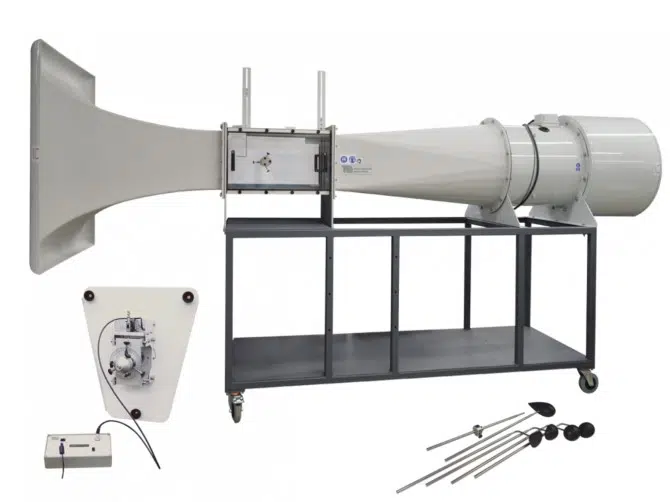Whether you're teaching aerodynamics to students in a high school classroom or conducting research at a university lab, having the right equipment is essential to understanding aerodynamics and its impact on aircraft, buildings, cars, and many other structures. Find out what aerospace equipment we recommend and what aerodynamics experiments students at Greater Lowell Technical High School are conducting.
Why Teach Aerodynamics?
Teaching aerodynamics at the high school and undergraduate levels grounds students in concepts that they can apply to careers or future studies in various fields. Aerospace engineering is the most apparent application for designing and testing aircraft and spacecraft. Architecture also involves knowledge of aerodynamics when designing new structures. In addition, other engineering fields need to understand aerodynamics, including mechanical engineering and civil engineering.
In addition to its applicability to the real world, teaching aerodynamics is fun! There are many engaging experiments that give students hands-on learning opportunities, experience working in groups, thinking critically, and enjoying what they are doing.
What to Consider When Teaching With Aerodynamics Equipment
Beyond textbooks and lectures, there are more interactive ways to teach aerodynamics to your students. For example, TecQuipment is a manufacturer of engineering equipment specifically made for teaching. They have equipment to teach aerospace that comes with a set of experiments, giving instructors plenty of ideas and directions for how to use the equipment in aerodynamics lessons.
Aerospace products can come in large sizes, especially for more advanced and technical experimentations and research. But they also come in small benchtop sizes, so consider the space you have in your classroom or lab when finding equipment to help teach aerodynamics.
Ease of use is always a critical factor when incorporating equipment into the classroom. Due to limited time with students, cutting down set-up time and minimizing potential maintenance issues are important considerations when investing in any type of equipment.
How Greater Lowell Technical High School Uses Wind Tunnels
Susan Youens is an engineering technology instructor at Greater Lowell Technical High School. Her classroom has a TecQuipment Subsonic Wind Tunnel 305 MM, which her students have started exploring with a few experiments.

She chose the wind tunnel for her classroom to help students understand aerodynamics and aerospace topics. Since using it, she has found success with how easy it is for her students to operate it. Her students have conducted multiple experiments with the wind tunnel, and their favorite has been a turbine design experiment.
In the fall, she'll expand to conducting more experiments, including:
- Differences in pressure for aerofoils for lift
- Drag forces model for cars
- Turbine electric generation
- Technical questions regarding the aerodynamics of Santa's sleigh and how to improve it
Wind Tunnels for the Classroom
TecQuipment offers a comprehensive range of wind tunnels that span various sizes and experimentation capabilities, from benchtop models for learning the basics to products for large labs for a more detailed understanding of aerodynamics. Their products suit diverse space, budget, and complexity requirements.
The subsonic wind tunnels teach the basics of lift, draft, and pitching moments, plus high-level topics such as boundary layer and pressure distribution around models. Supersonic wind tunnels are for more advanced teaching of aerodynamic engineering, with experiments starting with nozzle pressure distribution, analysis of Mach numbers, and measuring and visualizing pressure and shock waves using the Schlieren apparatus.
Their wind tunnels are also available for remote teaching using VDAS (versatile data acquisition system) technology. Instructors conduct experiments with the equipment in the lab while students follow along in real-time on their computers with access to data capture, calculation, charting, and data exports.
If you're interested in learning more about how to teach your students aerodynamics with TecQuipment wind tunnels, please reach out to us! AET Labs partners with technical high schools and universities throughout New England to find the right equipment for classrooms and labs.

